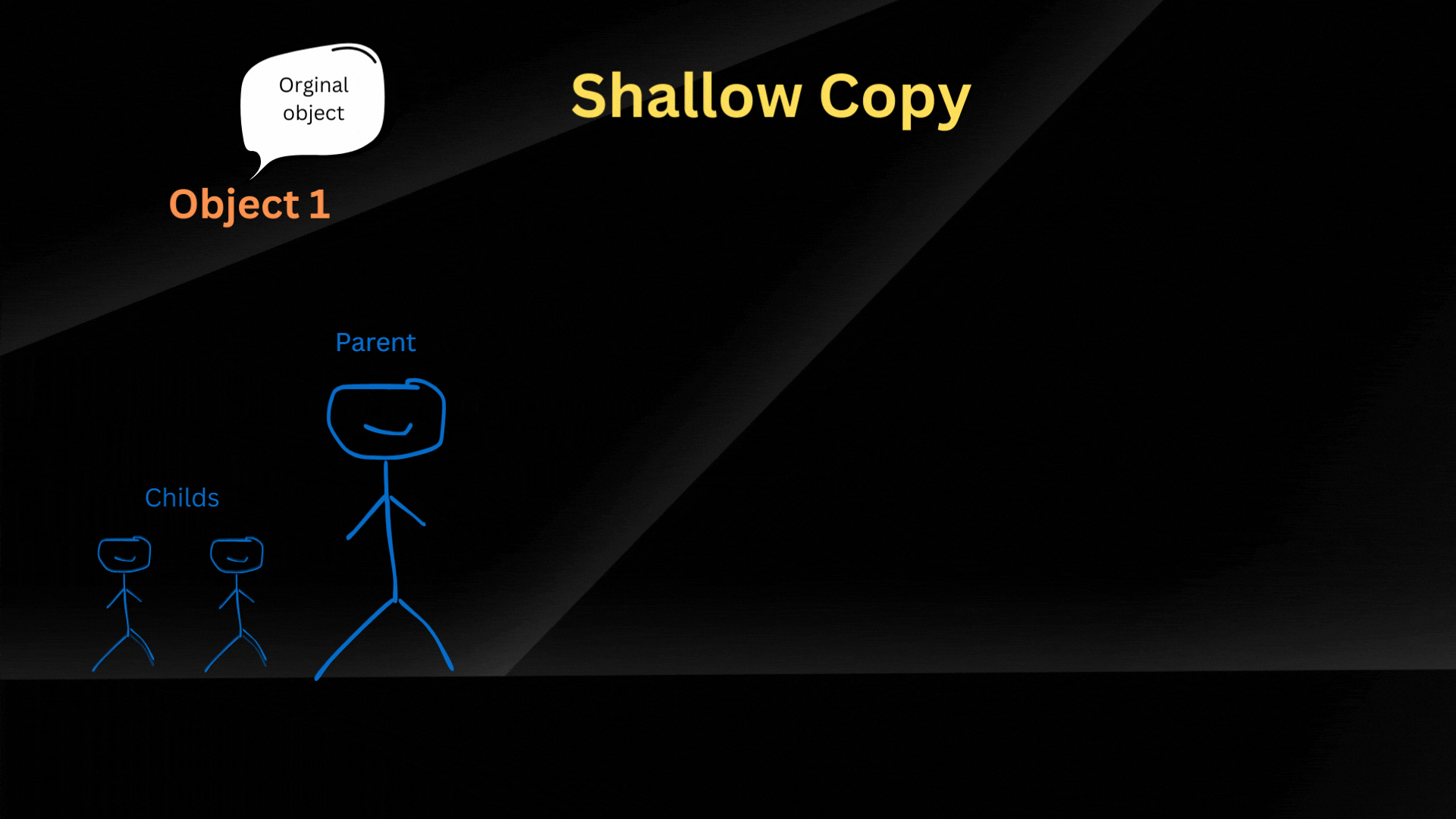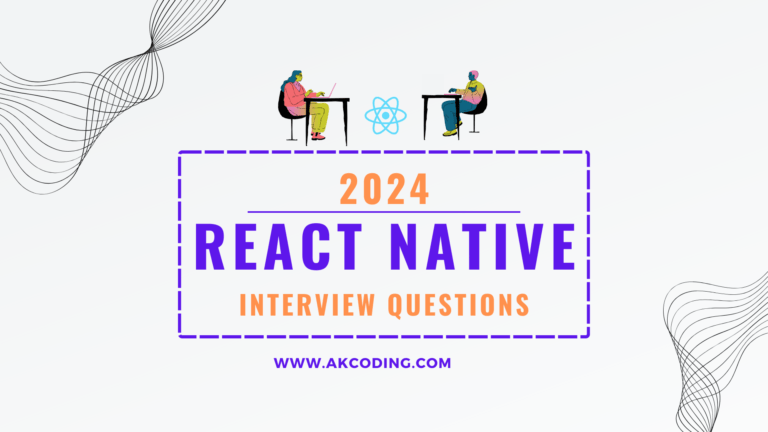A questions arises how many hooks are in React. In this article explained all available hooks in react js that help us to boost your understanding.
React hooks are functions that enable stateful logic in functional components. These hooks were introduced to address various challenges in functional component development, such as managing state, handling side effects, and optimizing performance. React hooks revolutionized how developers write components and manage complex logic, making functional components more powerful and expressive. Developers can also create custom hooks, encapsulating and reusing logic across components, promoting modularity and cleaner code in React applications.

How many Hooks are in React
Table of Contents
React version 18 provides 17 hooks
1. useState
- Description: Allows functional components to have state. It returns an array with two elements: the current state value and a function that lets you update it.
- Example:
javascript const [count, setCount] = useState(0);
2. useEffect
- Description: Enables performing side effects in functional components. It runs after the render is committed to the screen.
- Example:
javascript useEffect(() => { // Perform side effects here console.log('Component did mount or updated'); }, [dependencies]);
3. useContext
- Description: Provides access to the value of a React context within a functional component.
- Example:
javascript const value = useContext(MyContext);
4. useReducer
- Description: An alternative to
useStatefor managing more complex state logic. It takes a reducer function and an initial state. - Example:
javascript const [state, dispatch] = useReducer(reducer, initialState);
5. useRef
- Description: Creates a mutable object, called a ref object, which can hold a
.currentproperty. It’s often used to access and interact with the DOM directly. - Example:
javascript const myRef = useRef(initialValue);
6. useMemo
- Description: Memoizes the result of a computation, avoiding unnecessary recalculations in functional components. It takes a function and an array of dependencies.
- Example:
javascript const memoizedValue = useMemo(() => computeExpensiveValue(a, b), [a, b]);
7. useCallback
- Description: Memoizes a callback function, preventing it from being recreated on every render. It’s useful for optimizing performance in child components.
- Example:
javascript const memoizedCallback = useCallback(() => { doSomething(a, b); }, [a, b]);
8. useLayoutEffect
- Description: Similar to
useEffect, but it fires synchronously after all DOM mutations. It’s rarely necessary and should be used with caution. - Example:
javascript useLayoutEffect(() => { // Do something synchronously with the DOM }, [dependencies]);
9. useDebugValue
- Description: Provides a custom hook to display a label for custom hooks in React DevTools. It’s optional and mainly used for debugging purposes.
- Example:
javascript useDebugValue(value);
10. useDeferredValue
useDeferredValue is a React Hook that lets you defer updating a part of the UI.
11. useId
useId is a React Hook for generating unique IDs that can be passed to accessibility attributes.
12. useImperativeHandle
useImperativeHandle is a React Hook that lets you customize the handle exposed as a ref.
13. useInsertionEffect
useInsertionEffect allows inserting elements into the DOM before any layout effects fire.
14. useOptimistic
useOptimistic is a React Hook that lets you optimistically update the UI.
15. useSyncExternalStore
useSyncExternalStore is a React Hook that lets you subscribe to an external store.
16. useTransition
useTransition is a React Hook that lets you update the state without blocking the UI.
17. use
The use Hook is currently only available in React’s Canary and experimental channels.
These hooks were introduced to address various challenges in functional component development, such as managing state, handling side effects, and optimizing performance. React hooks revolutionized how developers write components and manage complex logic, making functional components more powerful and expressive. Always refer to the official React documentation for the most up-to-date information on React hooks.




